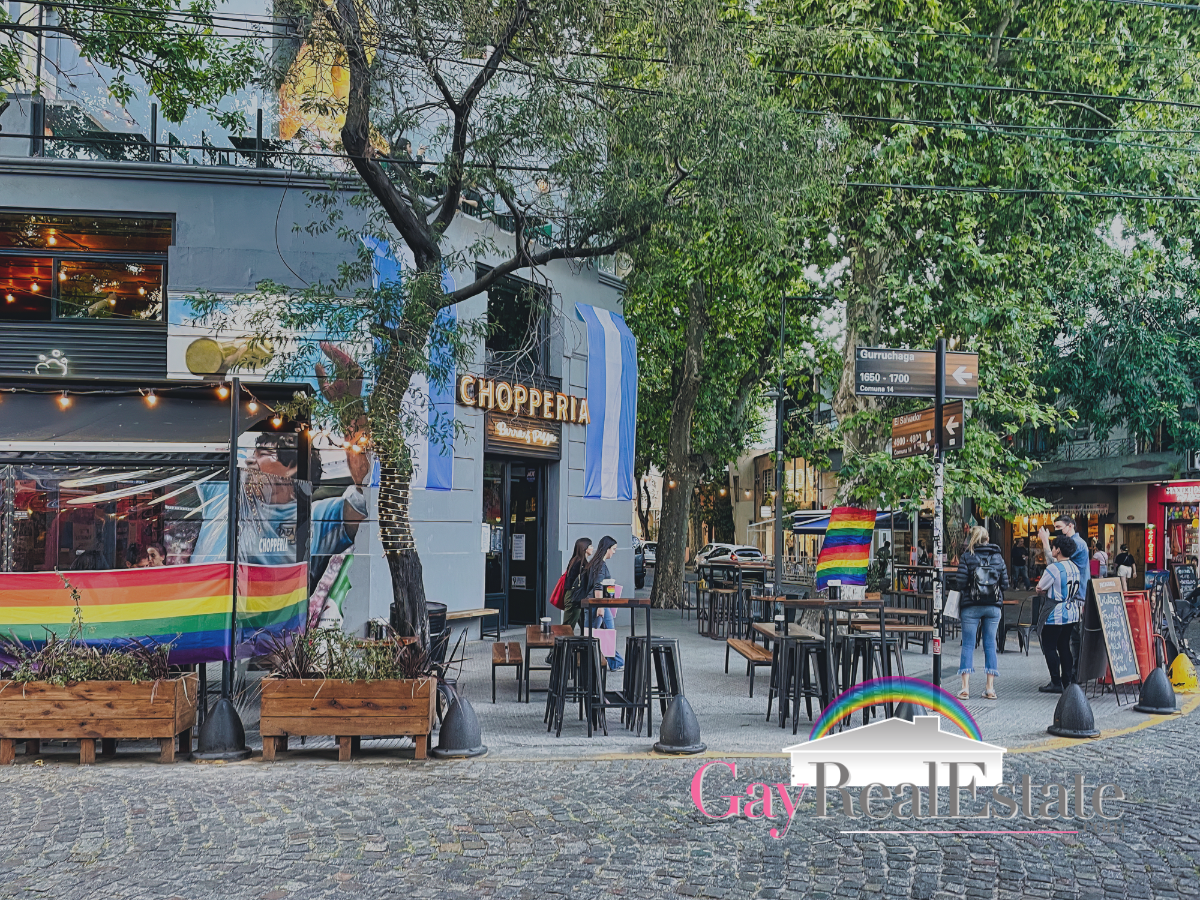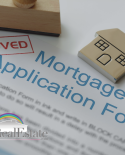Finding your dream home is a thrilling adventure, but it’s equally important to ensure that the neighborhood you choose aligns with your LGBTQ+ identity and values. For members of the LGBTQ+ community, living in an inclusive and accepting neighborhood can significantly enhance the homeownership experience.
In this article, brought to you by GayRealEstate.com, we’ll explore essential steps to determine whether your dream neighborhood is LGBTQ+ inclusive and welcoming.
1. Online Research:
The internet is a valuable resource for researching neighborhood inclusivity. Start by searching for LGBTQ+ community centers, pride events, or LGBTQ+ organizations in the area. These organizations often promote LGBTQ+ acceptance and community engagement and may have resources for members of the LGBTQ+ community moving into the area.
2. LGBTQ+ Databases:
There are online databases and directories that can help you identify LGBTQ+ friendly neighborhoods. These resources may include information on LGBTQ+ businesses, events, and support networks in specific areas. Explore websites and apps that provide insights into LGBTQ+ inclusivity.
3. Real Estate Professionals:
Work with LGBTQ+-friendly real estate professionals who have expertise in the local LGBTQ+ community. Realtors from GayRealEstate.com are committed to helping you find the perfect home and neighborhood.
4. LGBTQ+ Visibility:
Take a stroll through the neighborhood to gauge its LGBTQ+ visibility. Look for LGBTQ+ flags, pride symbols, or signs supporting LGBTQ+ causes in shop windows or public spaces. The presence of such symbols often indicates a more accepting community.
5. Attend Local LGBTQ+ Events:
Participate in local LGBTQ+ events or pride celebrations if possible. These events not only showcase the LGBTQ+ presence in the neighborhood but also provide an opportunity to connect with LGBTQ+ residents and gauge the community’s openness.
6. Ask Questions:
Engage with potential neighbors or local businesses to ask questions about LGBTQ+ inclusivity. Their responses can provide valuable insights into the neighborhood’s attitude toward LGBTQ+ residents.
7. Social Media and LGBTQ+ Forums:
Join LGBTQ+ forums or social media groups dedicated to the city and/or neighborhood you’re interested in. Engaging with current residents can offer firsthand experiences and recommendations.
8. LGBTQ+ Legal Protections:
Research local and state laws regarding LGBTQ+ legal protections, anti-discrimination policies, and hate crime statistics. Understanding the legal landscape can give you a sense of the level of acceptance in the neighborhood.
9. LGBTQ+ Safety:
Safety is paramount. Consider the neighborhood’s safety for LGBTQ+ individuals. Explore crime rates, safety measures and the presence of LGBTQ+ community centers or resources.
Conclusion:
Your dream neighborhood should not only meet your housing needs but also align with your values and identity as an LGBTQ+ individual or family. By taking these steps and seeking guidance from LGBTQ+ friendly real estate professionals like those at GayRealEstate.com, you can ensure that your chosen neighborhood is inclusive and welcoming. Your journey to homeownership in a supportive community begins with making an informed decision and finding a place where you can thrive with pride.



